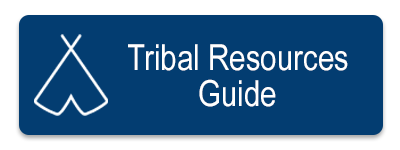
State Resources
American Indian/ Minority Achievement Program
American Indian Tuition Waiver
Directory of Indian Education Programs in Montana
Montana Governor's Office of Indian Affairs
Tribal Nations in Montana: A Handbook for Legislators
Tribal Colleges
Our state has the wonderful opportunity to have tribal colleges located on most of our reservation areas. Tribal colleges offer small class sizes and high quality instructors. Each offers programs and degrees in a variety of subjects, majors and degrees. Tribal colleges are open to all students interested in pursing additional education opportunities, while also offering tribal resources and connections to those interested in understanding more about our unique Tribal Nations in Montana.
Aaniiih Nakoda College - Ft. Belknap Reservation
Blackfeet Community College- Blackfeet Reservation
Chief Dull Knife College- Northern Cheyenne Reservation
Fort Peck Community College- Ft. Peck Reservation
Little Big Horn College- Crow Reservation
Salish Kootenai College- Flathead Reservation
Stone Child College- Rocky Boy Reservation
National Resources
Bureau of Indian Education (BIE)
The majority of Montana's Native American students are enrolled in public schools located outside of reservation boundaries. Students in public schools, either within or near reservations are also served by the Montana Office of Public Instruction. The Bureau of Indian Education is responsible for the educational guidance for a small percentage of American Indian students throughout the United States. Montana does have two BIE schools: Northern Cheyenne Tribal School located in Busby, MT and Two Eagle River School in Pablo, MT.